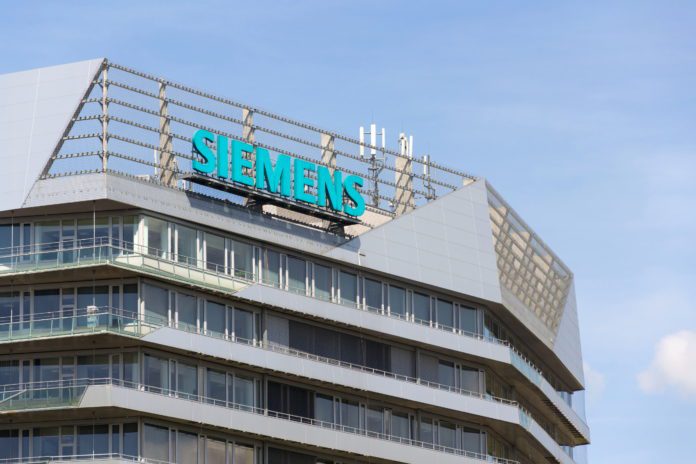While the benefits of deploying a smart building infrastructure such as energy savings and improved occupant comfort are abundant, the burden of capital costs involved in their deployment often delay or limit their adoption.
Now, research by?Siemens Financial Services (SFS) shows there is potential for self-financed business models that can enable conversion of large commercial buildings without the need for owners and operators to bear the costs.
?The smart buildings technology market is growing and innovative private sector financing methods are likely to accelerate that growth by allowing organizations to achieve conversion sustainably,? says Gary Thompson, UK sales director of Siemens Financial Services.
A private sector finance solution, known as ?smart buildings as a service,? is capable of capturing future savings from energy efficiency and use those savings to finance smart building conversions – offering cost-savings to buildings owners, shareholders, public-sector property portfolios and taxpayers.
Although converting to smart-building technology enables building owners and operators to reduce energy costs, meet regulatory requirements such as air quality and provide optimum environments for occupants, pressures on capital improvement budgets limit in capital?investment in smart building?conversions.
According to IDC?research firm, the return on investment in smart building devices needs to be more clearly defined. While the smart buildings market will surpass $17 billion by 2019, this amount is a small share of the total addressable smart building market, which means that there are many more buildings that could but are not opting to upgrade to smart devices.
?CFOs in the private and public sector are increasingly recognizing the compelling case for smart buildings conversion, but find it difficult to prioritize such capital investment over other business or operating requirements. The benefit of self-financing arrangements, which harness future energy-savings, is that capital is no longer an obstacle,? Thompson added.
The white paper estimated the potential for ?self-financing? smart-building conversion across 13 countries in three sectors: commercial buildings, government buildings and hospitals, found that smart technology can reduce energy consumption in non-domestic buildings by up to 25%.
The smart building as service business model can prove to be useful in meeting regulatory standards and requirements of efficiency class A under European Standard EN 15232 and U.S. building energy codes. These standards allow offices to save up an estimated 30% in thermal energy and up to 10% in electrical power compared with efficiency class C – demonstrating a clear business case for the smart building as a service model.
Smart building deferred maintenance increases cost 4x
One of the most compelling findings remains that delaying conversion to a smart building can quadruple costs to building owners in the long run. Every day that a building has not been converted to ?smart? savings from deploying energy efficient systems are lost, ?additional natural resources are consumed, and environmental and social benefits remain unrealized. These factors make a genuine case for the faster adoption of smart building technology.
However, the most tangible factor continues to be increased future costs created by deferred maintenance. For example, deferring conversion of single-systems such as HVAC or an entire system can result?in four times the increase in the future. Studies have shown that generally for every $1 of deferred maintenance, an organization will incur $4 in future remedial costs. Studies also indicate that energy costs grow by more than 80% as a result of deferred maintenance.
By deploying self-financing models building owners and operators can pay for outcomes such as increased energy efficiency and leverage smart-building strengths at lower or zero net costs while conserving their capital for alternative business purposes.

